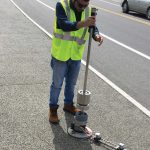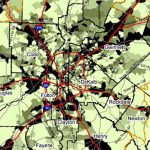Preliminary Procedure for the Structural Design of Pervious Concrete Pavements
|
The growing popularity of pervious concrete (PC) pavement applications has increased the need for establishing its mechanical properties and understanding their relationships with measurable properties for the purposes of designing layer thickness. In this project researchers developed multi-variable linear regression models to predict strength properties for pavement thickness design and developed a recommended thickness design database for low-traffic-volume PC pavements. ... Read More about Preliminary Procedure for the Structural Design of Pervious Concrete Pavements | |










